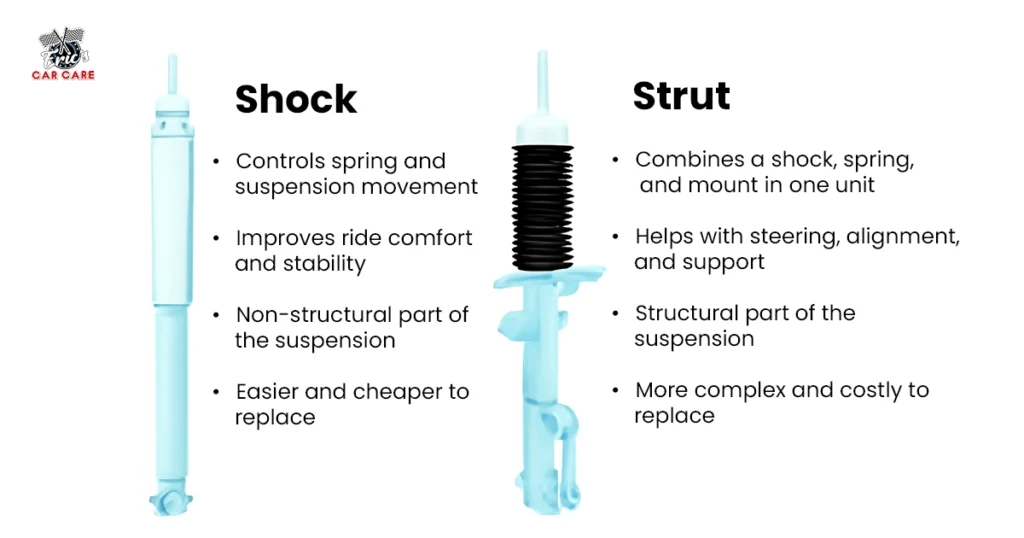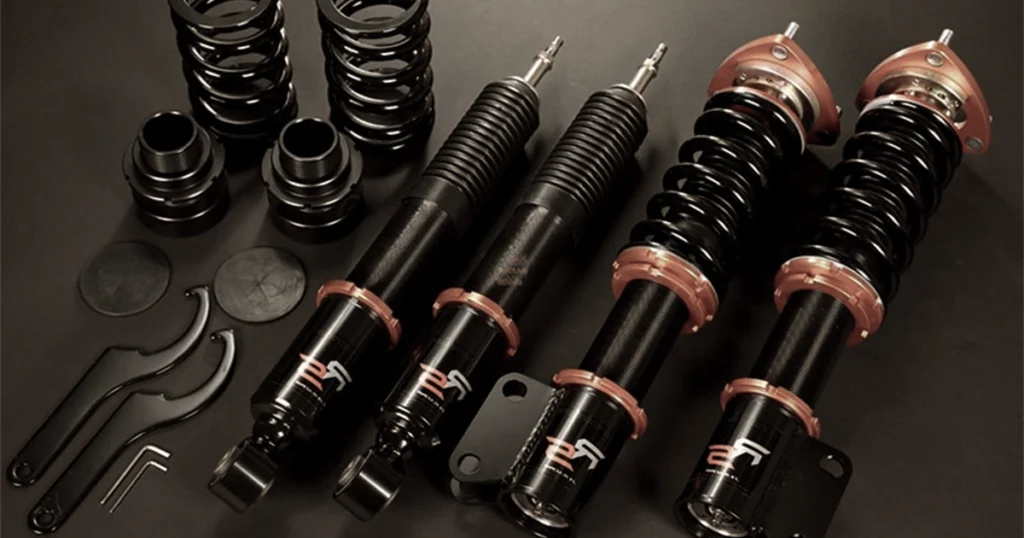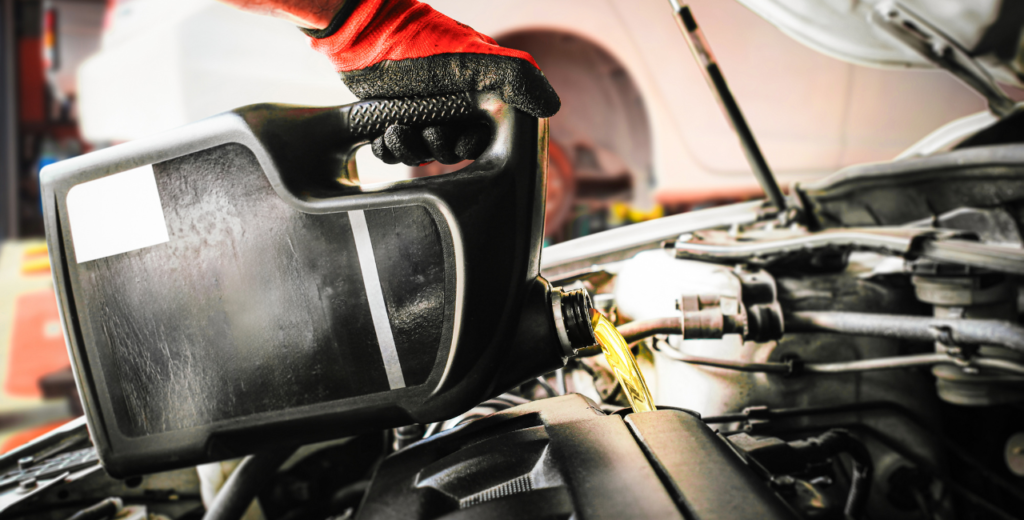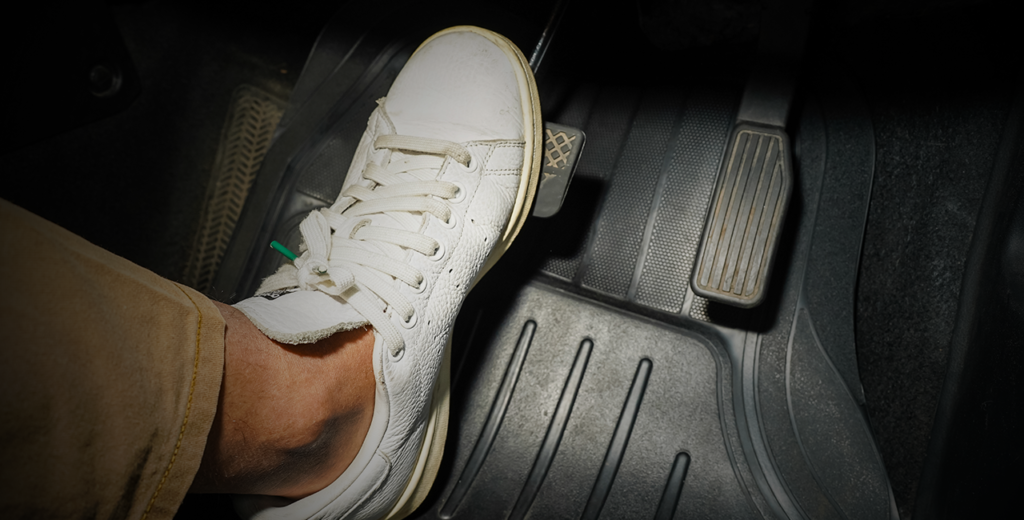When it comes to your vehicle’s suspension system, understanding the difference between shocks and struts can help you maintain a smoother, safer ride. These two components may seem similar, but they perform distinct functions that affect how your car handles, brakes, and feels on the road. Whether you drive a sedan, truck, or SUV, knowing how shocks and struts work together helps you make informed maintenance decisions and avoid costly repairs down the line.
Both shocks and struts are essential to your vehicle’s comfort and control. They manage road impact, support suspension movement, and maintain tire contact for optimal handling. Over time, these components can wear out, affecting your vehicle’s stability and ride quality. If that happens, you might need a suspension repair Houston to restore smooth, safe performance on the road.
What Are Shocks?
Shock absorbers, commonly referred to as shocks, are hydraulic damping devices that control unwanted motion in your vehicle’s suspension. Their main job is to reduce the bounce that occurs when your car drives over bumps or uneven roads. By converting kinetic energy into heat, shocks help your tires maintain firm contact with the road surface, improving overall ride quality and ensuring consistent handling. They’re a vital part of any vehicle suspension system, responsible for:
- Controlling suspension movement during acceleration, braking, and cornering
- Reducing vibration and vehicle bounce
- Minimizing body roll and sway
- Preventing premature tire wear
What Do Shock Absorbers Do?
Shocks regulate how your vehicle’s wheels move up and down, keeping the tires firmly planted for safety and control. They play a crucial role in maintaining stability, improving braking performance, and ensuring a smoother driving experience. When shocks wear out, you may experience excessive bouncing, nose-diving when braking, or a drifting sensation when turning clear indicators. It’s time to check your shock struts.
Their key functions include:
- Maintaining tire contact with the road surface
- Improving braking performance and steering precision
- Reducing brake dive and acceleration squat
- Enhancing stability on rough or uneven terrain
What Are Struts?
Struts are more than just damping devices, they’re integral structural components of your vehicle suspension system. A strut assembly typically combines a shock absorber with a coil spring and a mount, making it responsible for both absorbing impacts and supporting the vehicle’s weight.
Key functions of struts:
- Support the suspension structure and vehicle weight
- Act as a pivot point for steering in many front-wheel-drive vehicles
- Maintain proper wheel alignment, ride height, and suspension geometry
Because they’re multifunctional, struts are more complex and typically more expensive to replace than standalone shocks.
What Do Struts Do?
Struts perform several essential functions that affect your car’s safety, stability, and steering response. Their design helps maintain alignment, ensure your tires stay properly balanced, and support the overall structure of your vehicle. If you notice clunking noises, uneven tire wear, or your vehicle leaning during turns, these could be signs of worn or damaged automobile struts that need replacement.
Their main functions include:
- Supporting the vehicle’s height and chassis
- Helping maintain proper suspension geometry
- Absorbing bumps and reducing vibration
- Providing mounting points for steering knuckles and other suspension components
Struts vs Shocks
Although both components help control motion and enhance ride comfort, the difference between shocks and struts lies in how they’re built and the roles they play within your vehicle’s suspension system. Shocks are purely damping devices designed to control spring movement, while struts serve a dual purpose: they absorb impact and also act as a key structural part of the suspension.
Struts integrate a shock absorber, coil spring, and mounting assembly into one unit, influencing steering, alignment, and overall vehicle geometry. In contrast, shocks are typically found in rear-wheel-drive vehicles, whereas front-wheel-drive cars rely more on struts. Because of their design, strut replacement tends to be more complex and costly due to alignment adjustments.
Key Takeaways:
- Shocks: Control spring motion; non-structural components.
- Struts: Structural units combining a shock and spring.
- Usage: Shocks for rear-wheel drive; struts for front-wheel drive.
- Maintenance: Struts are more expensive and labor-intensive to replace.
- Purpose: Both maintain ride comfort, stability, and tire contact.

How to Know If You Need Shocks or Struts
Recognizing when to replace your shocks and struts is key to maintaining smooth performance, safe handling, and overall ride comfort. Over time, these suspension components wear down due to road impact, weather conditions, and mileage, which can cause your vehicle to feel unstable or bouncy.
Common symptoms include:
- Excessive bouncing or rough rides
- Uneven tire wear or cupping
- Nose-diving during braking or squatting when accelerating
- Fluid leaks around the strut assembly or shock housing
- Poor handling or longer stopping distances
Schedule Your Suspension Inspection Today
Don’t ignore the warning signs of a rough, bumpy, or unstable ride. Our shocks or struts may be worn out and affect your vehicle’s safety and comfort. Timely inspection and replacement can prevent further suspension damage and help your car handle and brake as it should.
If you need reliable shock and strut replacement or expert suspension service, trust the professionals at Eric’s Car Care. We deliver dependable repairs backed by quality parts and skilled workmanship.




